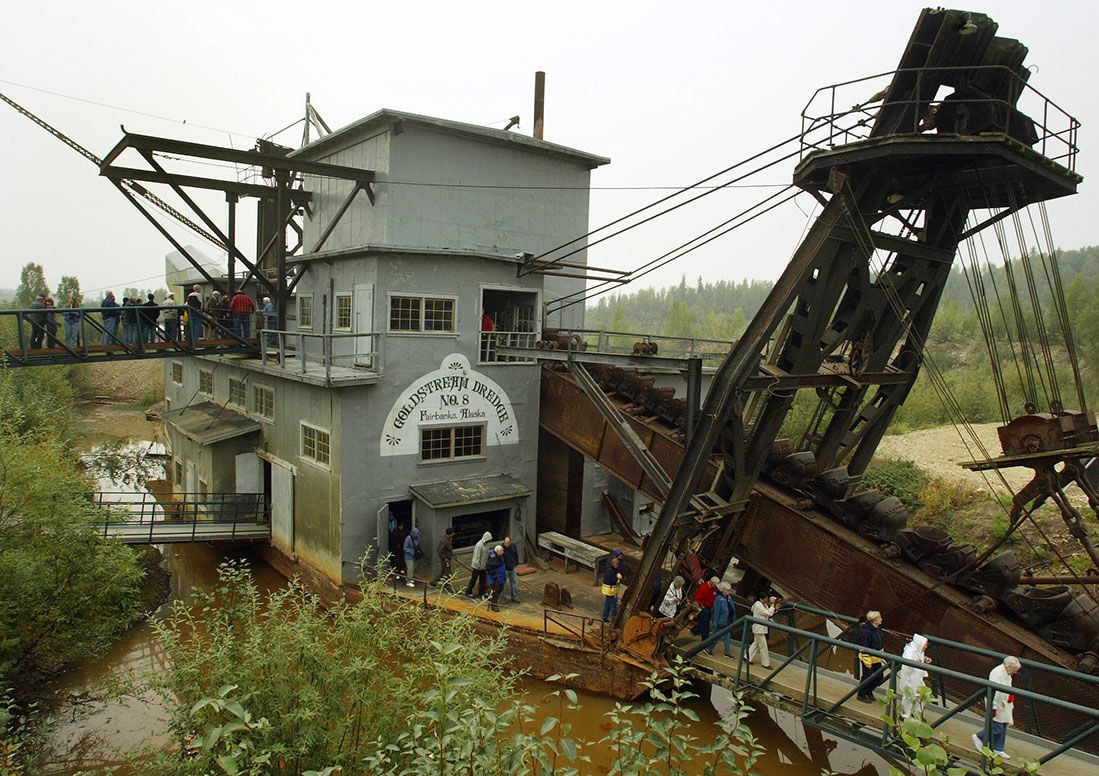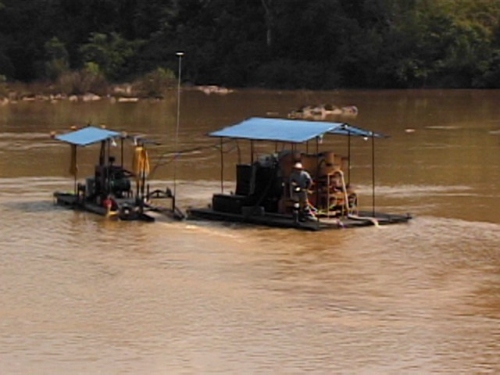
For example, you can freely pan for gold without a permit in some areas, but you may need a prospecting permit to use a dredge or sluice.Īdditionally, some areas may be off-limits at certain times of the year to protect the fish population during their spawning season. Regulations for recreational gold dredging differ from site to site. You can go gold dredging anywhere it’s permissible under federal or local law. Hand dredges are another option, though they are significantly more limited in their reach. Many of today’s small-scale miners use amphibious suction dredges as their tool of choice, as they can drive them directly to the area they wish to mine. Modern dredges are far more compact than the original ones were, letting you mine in areas inaccessible to the giant stationary machines of old. Since the 1960s, dredging has bounced back as a popular mining method. It ceased operations in February of 1962 when operating costs grew to exceed the value of the gold recovered. The last giant gold dredge to close its doors was the Natomas Number 6 dredge in Folsom, California. For example, they could only mine in one place, so the amount of gold operators could recover was significantly limited. While these machines made sense at the time, they were ineffective by modern standards. In fact, you can still see many of these waste piles today. These tailings piles would grow to ridiculous heights, sometimes even as tall as a multistory building. The crew would then dispose of the waste material - known as tailings - by dumping it along river banks.
#DREDGING MINING SERIES#
These dredges used a series of buckets attached to a moving line to scrape tons of sediment from the bottom of the water and carry it back to the building, where crew members sorted through it for gold. Standing multiple stories high, they contained complicated systems of heavy machinery that required a large team of operators to run. The first gold dredges arose along rivers and streams.


#DREDGING MINING PORTABLE#
From enormous structures stationed on river banks to the portable machines of today, this mining method has a long history. Gold dredging has changed dramatically over the past century. You’ll be able to keep your haul, though local regulations may limit how much you can take home with you.
#DREDGING MINING HOW TO#

What Is Gold Dredging?ĭredging uses equipment called a dredge to remove sediment from bodies of water such as lakes, rivers and streams. In this guide, we look at what gold dredging is and how it differs from sediment removal dredging. Sediment removal has become increasingly important as we rely on waterways for shipping goods. Gold digging has an extensive history and is still practiced today. Since its resurgence, it’s become a popular way for small-scale miners to retrieve gold and other precious metals from public bodies of water. Dredging for gold using suction dredges can help the environment by removing excess sediment that can damage waterways. Sediment removal dredging focuses on removing built-up sediment and other obstacles from waterways to improve access. Dredging for gold is an old-fashioned mining method made new by modern technology.


 0 kommentar(er)
0 kommentar(er)
